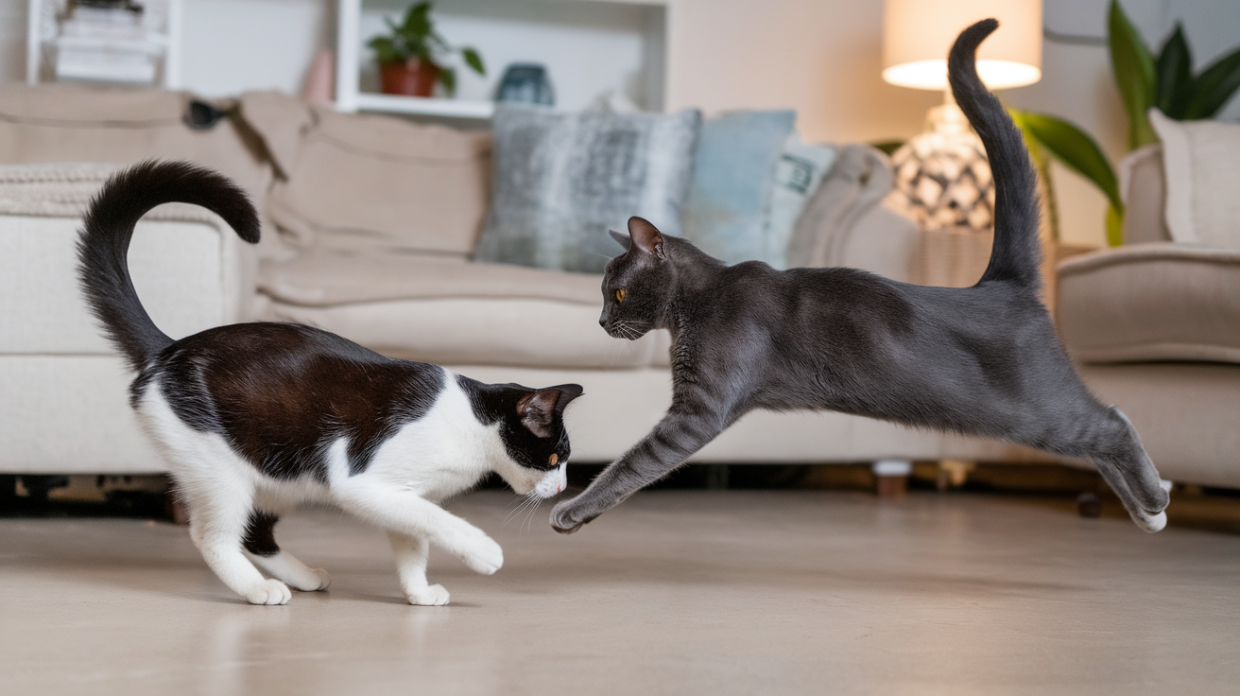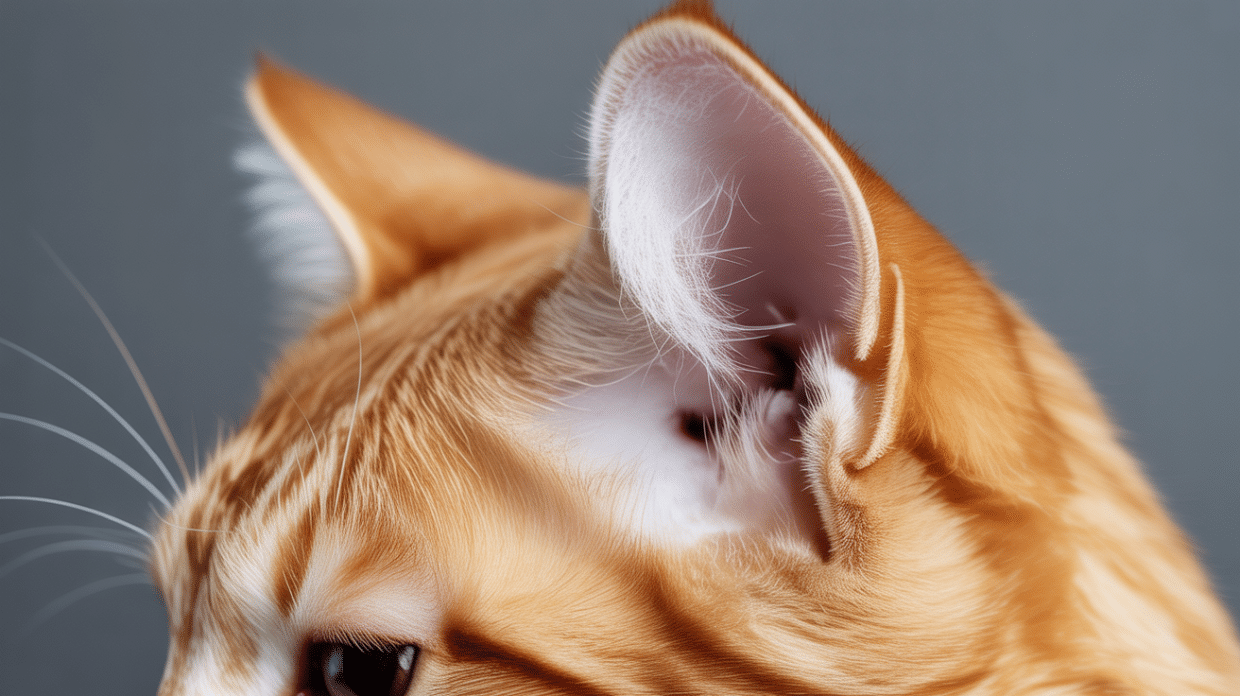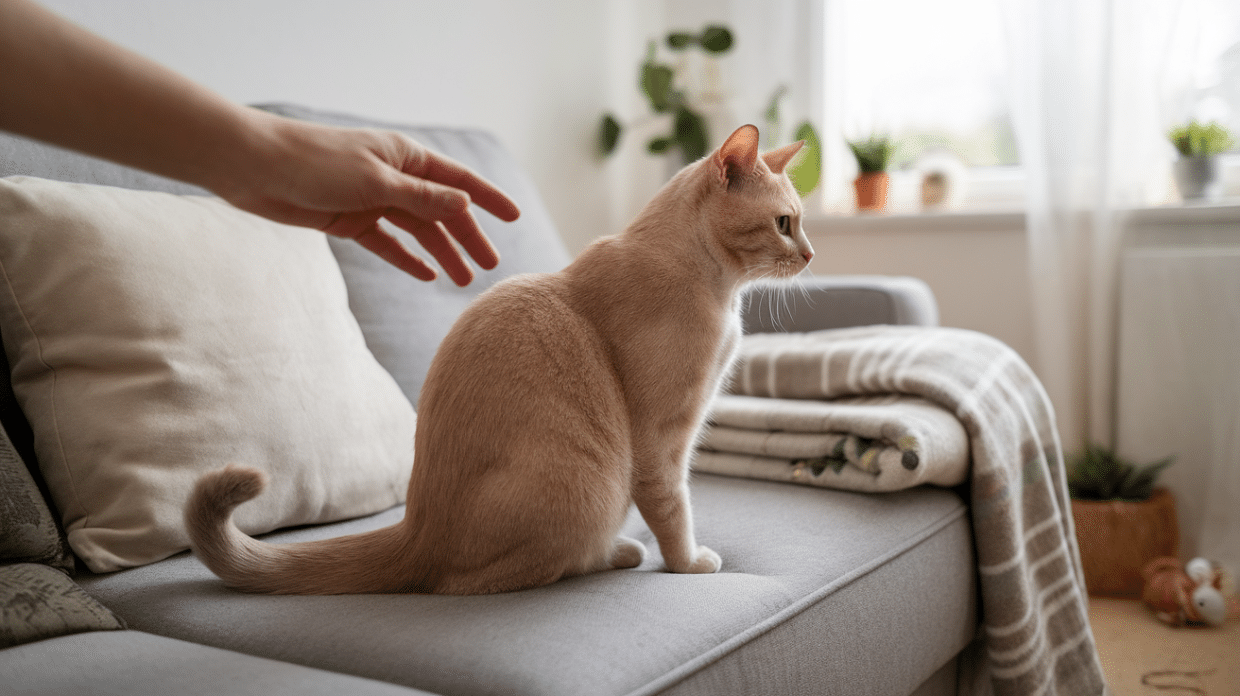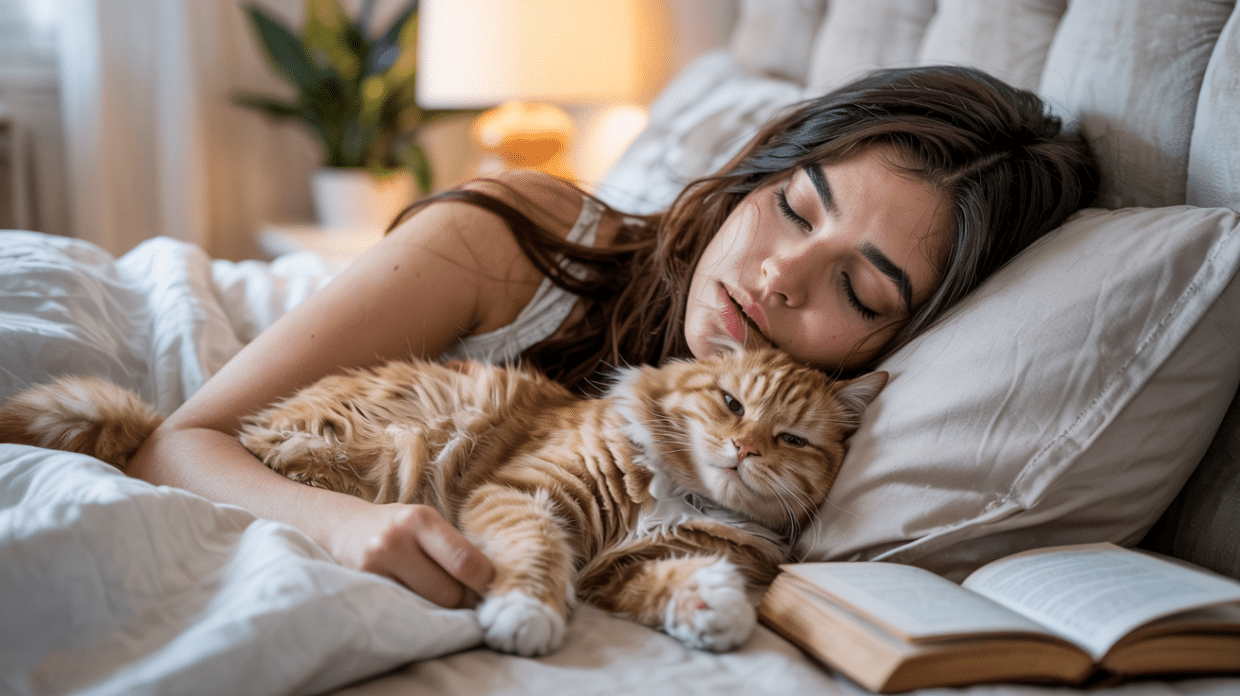Is your cat’s playtime turning into something more serious?
Many cat owners worry about whether their cats are just having fun or actually fighting. It can be hard to tell the difference, especially when their behavior looks the same.
In this blog, we’ll help you understand the signs of healthy play versus a real fight. We’ll also share simple tips on how to encourage safe play between your cats, especially if you have more than one.
This guide will help you create a peaceful home where your cats can play, bond, and stay happy. Keep reading to learn how to spot the difference and improve your cat’s playtime.
Why Do Cats Play?
Play is crucial for a cat’s well-being. It serves much more than just entertainment. It allows cats to develop and maintain essential skills that are vital for their instincts.
Through play, cats practice hunting behaviors like stalking, chasing, and pouncing. This helps them stay physically fit by burning off excess energy while also providing mental stimulation to prevent boredom.
Play is an outlet for their natural curiosity and instincts. Without enough play, indoor cats may become bored, which can lead to stress, anxiety, or the development of unwanted behaviors like scratching or aggression.
How Play Contributes to Cat Socialization
In multi-cat homes, play helps build relationships in the following ways:
- Sets boundaries without serious fighting
- Builds trust between cats
- Teaches social skills and appropriate play intensity
- It helps reduce household tension
Kittens learn vital social skills through play with littermates, including bite inhibition and claw control.
Even adult cats can form strong bonds through regular play sessions, creating a more peaceful home environment.
How to Recognize If Cats Are Playing or Fighting
Knowing the difference between playful wrestling and actual fighting is crucial for any cat owner. Here’s how to spot the key differences.
Key Differences Between Play and Fight
| Behavior | Play | Fighting |
|---|---|---|
| Body Language |
Relaxed bodies Tails held high or gently swishing Ears forward or slightly to the side Taking turns being on top |
Stiff bodies Puffed-up fur Tails tucked down or thrashing wildly Ears flattened against the head Fully dilated pupils. |
| Vocalizations |
Mostly quiet Occasional brief chirps or soft meows |
Loud, prolonged growling Hissing Yowling Screeching |
| Pacing and Agility |
Balanced interactions Frequent pauses Role reversals Taking turns chasing Bouncy movements Claws mostly retracted |
Intense without breaks One cat pursuing relentlessly Tense movements Fully extended claws |
Signs of Healthy Play Behavior
You can tell cats are enjoying their playtime when they return to play after brief breaks and neither cat tries to escape or hide.
The play typically ends without either cat showing signs of fear or distress, and they may even sleep near each other afterward, indicating a positive experience.
While minor accidental scratches may occur, no serious injuries should happen, further suggesting that the play is enjoyable and safe for both cats.
If one cat consistently walks away and the other pursues aggressively or seems frightened, the interaction may cross from play into bullying or fighting.
Encouraging Positive Play Between Cats

Helping your cats play together safely strengthens their bond and creates a peaceful home. You can foster healthy interactions that benefit all your feline companions with the right environment and guidance.
1. Creating a Safe Play Environment
It’s important to set up your home with resources that promote conflict-free play to create a secure and comfortable environment for your cats.
Install cat trees and shelves to provide vertical escape routes. This will allow your cats to climb and find high vantage points where they can feel safe.
Additionally, place boxes and tunnels around the home to create hiding and play zones, giving your cats spaces to explore and enjoy.
Ensure each cat has their own designated food, water, and litter areas to avoid competition and stress. Finally, remove breakable items from active play zones to prevent accidents and ensure a safe space for your cats to have fun.
2. Introducing New Cats to Each Other
It’s important to take a gradual, patient approach to establishing positive relationships and playful interactions between new cats.
Start by keeping the cats separated for 3-7 days initially. Swap bedding for scent exchange, feed them on opposite sides of a door, and use a baby gate for controlled visual contact.
Keep first meetings brief (5-10 minutes), supervised, and engage both cats with toys to encourage positive interactions.
3. Managing Rough Play
Even friendly cats can sometimes play too roughly, and it’s important to learn how to moderate their interactions to prevent play from escalating into fights.
To manage intense play, avoid using your hands as a distraction toy, and instead, use a toy to interrupt intense play instead of your hands. If the play gets aggressive, separate the cats briefly.
Schedule daily play sessions, especially before dawn or dusk when their energy peaks. Avoid punishing cats for rough play.
Common Issues with Cat Play and How to Address Them
Even friendly cats can develop play problems that need attention before they damage relationships.
When Play Turns Into Aggression
Watch for warning signs: hiding, fur tufts, injuries, or fearful behavior around resources.
Suppose you spot these; separate the cats immediately and provide individual safe spaces. For serious cases, implement a temporary separation followed by gradual reintroduction.
Behavioral Modifications
Address play issues with scheduled interactive play sessions to burn excess energy. Reward calm interactions to create positive associations.
Reduce tension with environmental tools like puzzle feeders and pheromone diffusers. For persistent problems, consult your veterinarian to rule out medical causes before seeking help from a feline behaviorist.
Benefits of Play for Cats in Multi-Cat Households
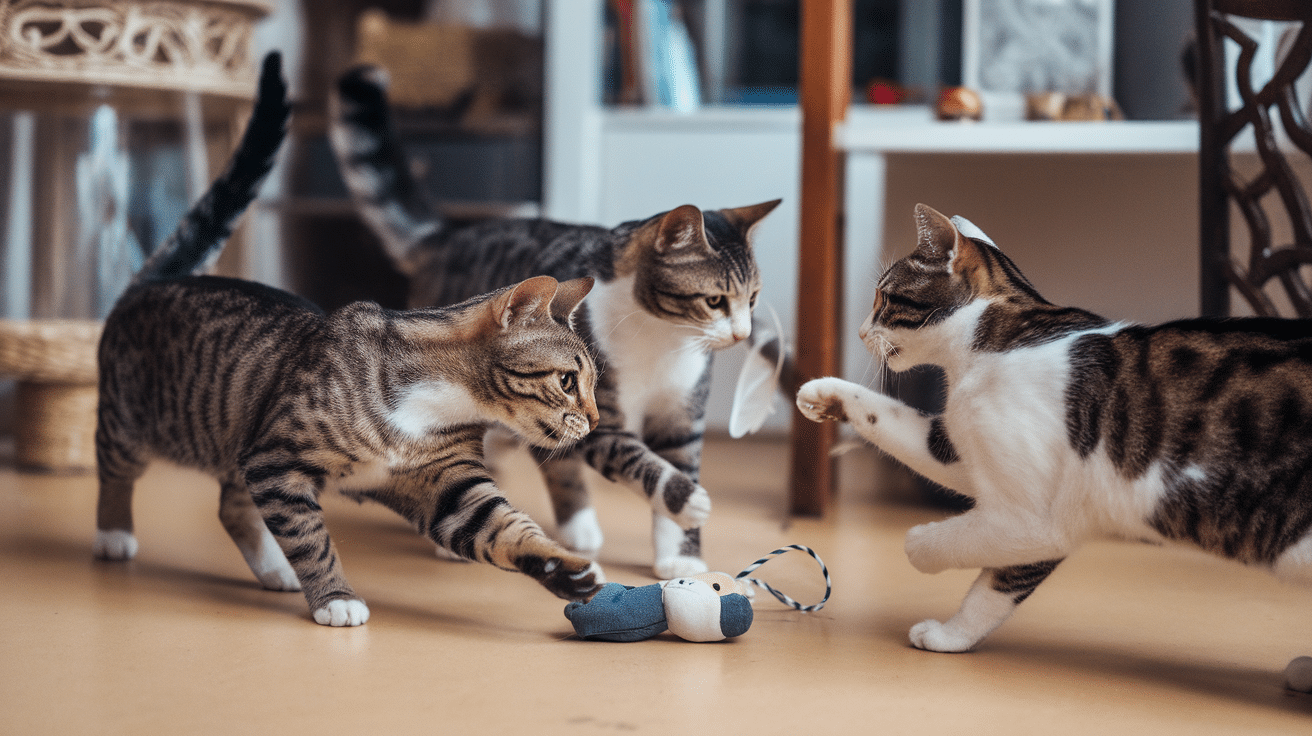
Bonding and Socialization
Regular play sessions help cats build trust and establish relationships. Cats who play together often groom each other afterward, a sign of social bonding.
This shared activity creates positive associations between cats, making them more likely to seek each other’s company outside of playtime.
How Play Can Prevent Behavioral Issues
Play provides a healthy outlet for territorial and predatory instincts that might otherwise manifest as aggression.
Cats who engage in regular play typically show fewer stress-related behaviors, such as inappropriate marking, excessive grooming, or resource guarding.
Cats are less likely to redirect energy into destructive or problematic behaviors by satisfying their need for activity and stimulation through play.
Conclusion
Understanding the difference between cat play and fighting is key to creating a peaceful home for both you and your cats.
By learning to recognize the signs of healthy play and addressing any concerns early, you can help strengthen your cats’ bonds and keep them happy.
With simple changes like adding more playtime, providing safe spaces, and managing their interactions, you’ll create an environment where your cats can thrive.
Keep observing how your cats interact, make adjustments as needed, and watch your furry friends enjoy each other’s company.
Read more blogs on our website for practical tips to continue fostering a harmonious home for your cats.
Frequently Asked Questions
How do you tell if cats are friends or enemies?
Friends groom each other, sleep near one another, and play with balanced roles. Enemies show persistent aggression, avoidance, and stress symptoms like hiding.
What are the benefits of play for cats?
Play provides exercise, mental stimulation, and stress relief. It also strengthens social bonds and prevents destructive behaviors and obesity.
How to stop cats from playing too rough?
Redirect with toys, provide brief timeouts, ensure regular exercise, and never use hands as play objects to establish appropriate boundaries.

